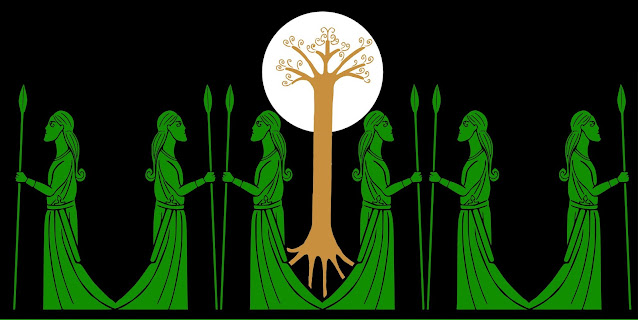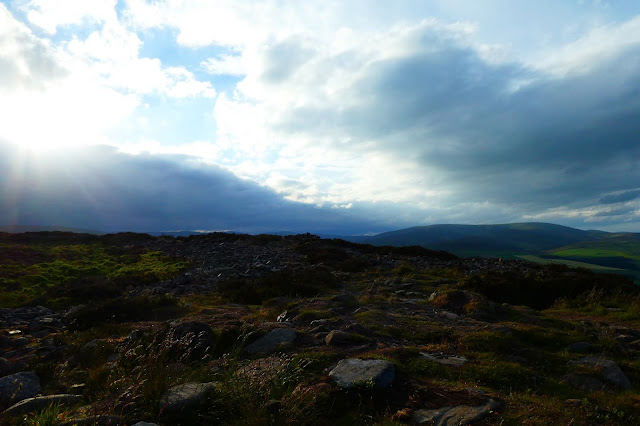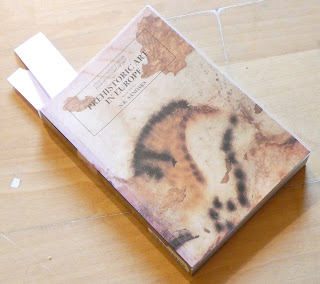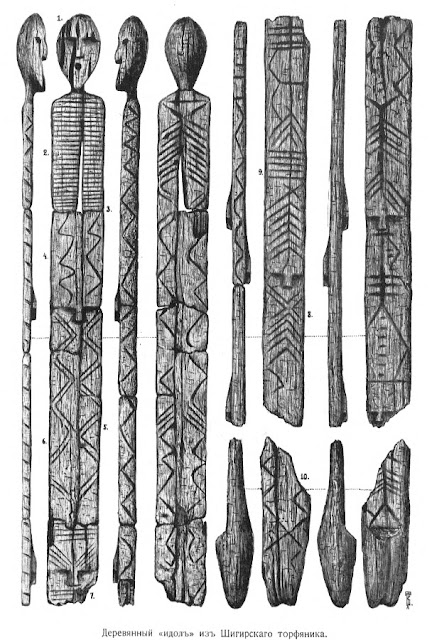Of Print and Publicity

Whilst editing of the text continues (the early chapters, having been derived from a long-abandoned prose work, need special amounts of attention), I also spent some time editing some of the design pieces for submission to the Masters showcase for this year. I doubt very much any of them will be accepted, but they will come in handy for the online degree show, which will be a very different form of presentation to the physical space: I also decided to check with the art school print shop their options for binding hardback books - the 'thesis' style which I initially deemed "not quite what I'm looking for" some months ago, but which now seems wholly appropriate - being the traditional form of binding for academic, authoritative texts, an assumed status which is offset by the interior text in all its ambiguity and ambivalence. The print team also offered a choice of gold or silver lettering/design for the covers, which I found very interesting. I've never liked...





